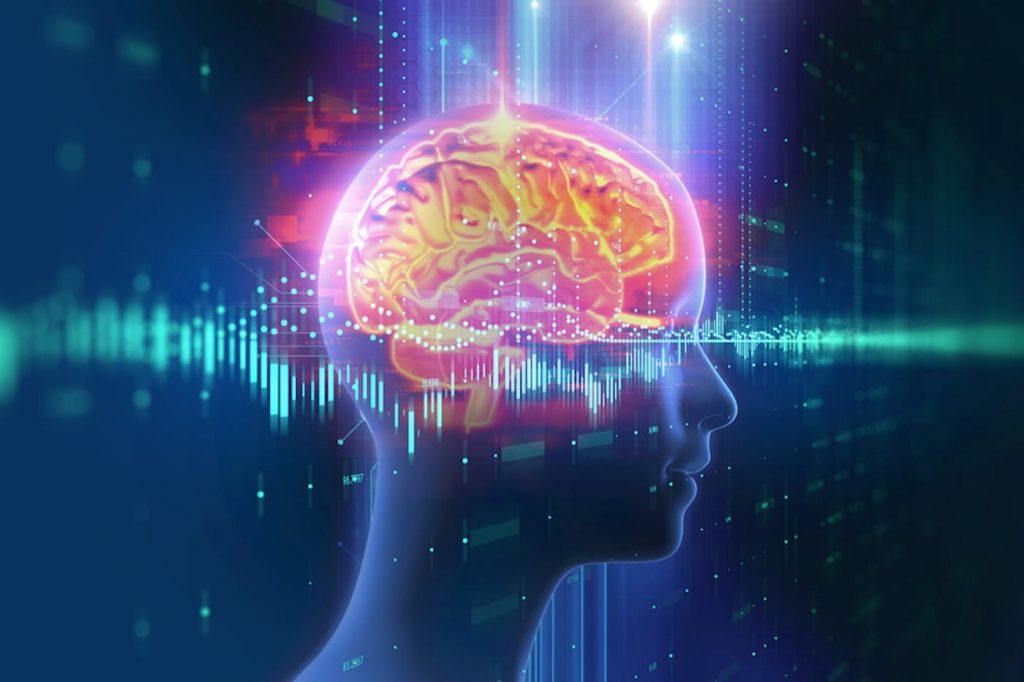"Dream, Dream, Dream! Conduct these dreams into thoughts, and then transform them into action."
- Dr. A. P. J. Abdul Kalam
"Dream, Dream, Dream! Conduct these dreams into thoughts, and then transform them into action."
- Dr. A. P. J. Abdul Kalam
19 Jun 2024
The ability of various wavelengths of light to heal wounds has been researched for many years. According to a recent study published in the journal Radiology, which is published by the Radiological Society of North America, individuals who have experienced substantial brain injuries may benefit from low-level light treatment in terms of their brain's ability to repair. Researchers at Massachusetts General Hospital treated 38 patients with moderate traumatic brain injury—a brain injury severe enough to affect cognition or show up on a brain scan—using low-level light therapy. Within 72 hours of their injuries, all of them underwent light therapy using a near-infrared light-emitting helmet.

Low-level light Could Be the Next Breakthrough in Medicine Industry ( Source: Google Images)
Low-level Light Therapy ~ Nothing is as potent as hope, as an incentive as strong, or as a tonic as the expectation of a brighter tomorrow ~ “The skull is quite transparent to near-infrared light,” said study co-lead author Rajiv Gupta, M.D., Ph.D., from the Department of Radiology at Mass General.
Once you put the helmet on, your whole brain is bathing in this light ~
To measure the impact of the light therapy, the researchers employed a functional magnetic resonance imaging approach. They concentrated on the communication that takes place between brain areas during rest and when an individual is not working on a particular task, which is known as the brain's resting-state functional connectivity. Three recovery phases were studied by the researchers using MRI(Magnetic resonance imaging) data:

Alan Minson also stated his Parkinson's symptoms improved after he started to use a "light helmet" in July 2019 ( Source: Google Images )
Twenty-one of the 38 trial participants did not get light treatment while donning the helmet. This was done as a control to reduce potential placebo effects and bias resulting from patient characteristics. Compared to the control group, patients who underwent low-level light therapy throughout the acute-to-subacute recovery phase exhibited a larger change in resting-state connectivity in seven brain area pairs.
“There was increased connectivity in those receiving light treatment, primarily within the first two weeks,” said study coauthor Nathaniel Mercaldo, Ph.D., who noted the next step is to study long-term effects. It's also unclear exactly how light treatment affects the brain and how exactly. According to Dr. Gupta, prior studies suggest that an enzyme in the mitochondria—often referred to as the "powerhouse" inside each cell—may have changed. Adenosine triphosphate, a chemical that stores and transports energy within cells, is produced in greater quantities as a result of this. Light treatment is also associated with blood vessel dilation and anti-inflammatory benefits. The study's 810-nanometer wavelength of light is already being used for several medical purposes. Due its portability, the helmet can be used in environments other than hospitals.
Dr. Gupta says it might be useful in treating a variety of other neurological disorders. There are numerous connection issues, mostly in the field of psychiatry, for which this intervention may be beneficial. The fields of light therapy show promise in treating PTSD (Post-traumatic stress disorder), depression, and autism. It's true that one thing. The more study results that are received, the more beneficial light treatment will become.
"Medical science has proven time and again that when the resources are provided, great progress in the treatment, cure, and prevention of disease can occur." ~ Michael J. Fox